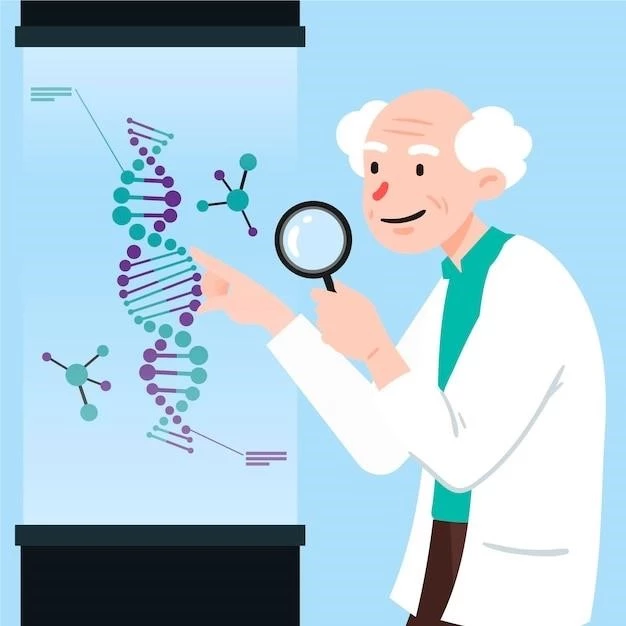Albinism in Humans
Albinism Research
Genetics of Albinism
Albinism is a genetic disorder characterized by a lack of melanin production in the body. It is typically inherited in an autosomal recessive pattern and results from mutations in genes that are involved in melanin production. The most common genes associated with albinism are TYR, OCA2, TYRP1, and SLC45A2.
Individuals with albinism inherit one non-functioning gene from each parent. This double copy of the mutated gene disrupts the normal melanin production process, leading to a lack of pigment in the skin, hair, and eyes. The specific gene affected determines the type and severity of albinism a person has.
Due to the genetic nature of albinism, there is a higher likelihood of albinism occurring in children born to parents who carry the mutated gene but do not have the condition themselves. Genetic counseling can be beneficial for families with a history of albinism to understand the risks and inheritance patterns.
Research into the genetics of albinism continues to advance our understanding of the condition and may lead to new treatment options in the future. By studying the genetic mechanisms underlying albinism, scientists aim to develop targeted therapies that address the root cause of the disorder, offering hope for individuals affected by this genetic condition.
Albinism Types
There are several types of albinism, each characterized by the specific gene mutation that causes the condition. The most common types include Oculocutaneous Albinism (OCA) and Ocular Albinism (OA).
OCA is further divided into subtypes based on the affected gene, such as OCA1, OCA2, OCA3, and OCA4. OCA1 is caused by mutations in the TYR gene, while OCA2 results from mutations in the OCA2 gene. OCA3 is associated with mutations in the TYRP1 gene, and OCA4 with mutations in the SLC45A2 gene.
On the other hand, OA primarily affects the eyes and is caused by genetic changes that impact the development of the optic nerve, resulting in vision problems. Unlike OCA, where pigment production is affected in the skin, hair, and eyes, OA primarily affects the eyes, leading to visual impairments.
Understanding the specific type of albinism an individual has is crucial for determining the associated symptoms, risks, and appropriate management strategies. Genetic testing can help diagnose the type of albinism present in an individual, enabling healthcare providers to offer tailored care and support based on the specific genetic mutations involved.
Albinism Symptoms
Individuals with albinism may exhibit a range of symptoms related to the lack of melanin pigment in their bodies. Common symptoms include⁚
- – Hypopigmentation of the skin, hair, and eyes
- – Sensitivity to light and sunburn susceptibility
- – Vision problems, such as nystagmus, strabismus, and photophobia
- – Reduced visual acuity and depth perception
- – Increased risk of developing skin cancer due to sun exposure
Other symptoms may vary depending on the type of albinism present in an individual. It is essential for individuals with albinism to undergo regular medical screenings to monitor their vision, skin health, and overall well-being. Proper management of symptoms, including wearing protective clothing and using sunscreen, can help individuals with albinism lead healthy and fulfilling lives.
Education and awareness about the symptoms associated with albinism are crucial for promoting understanding and acceptance in society. By recognizing and addressing the challenges faced by individuals with albinism, we can work towards creating a more inclusive and supportive environment for those affected by this genetic condition.
Albinism Treatment
Treatment for albinism focuses on managing symptoms and addressing associated health concerns. While there is currently no cure for albinism, individuals can benefit from various interventions to improve their quality of life⁚
- – Visual aids such as prescription glasses, contact lenses, or magnifiers can help individuals with albinism manage vision problems.
- – Eye protection measures, including wearing sunglasses with UV protection and hats to reduce light sensitivity and protect the eyes from sun damage.
- – Regular skin examinations and sun protection strategies are essential to minimize the risk of skin cancer in individuals with albinism.
- – Genetic counseling can provide information about the inheritance pattern of albinism and help individuals make informed decisions about family planning.
While treatment focuses on symptom management and preventive care, ongoing research efforts aim to develop novel therapies targeting the genetic root causes of albinism. By advancing our understanding of the genetic pathways involved in melanin production, scientists hope to explore innovative treatment approaches that may one day offer more effective solutions for individuals with albinism.
Albinism Myths
Albinism has been surrounded by various myths and misconceptions throughout history, leading to stigmatization and discrimination against individuals with the condition. Common myths include⁚
- – Albinism is contagious or the result of a curse.
- – People with albinism have supernatural powers or are evil.
- – All individuals with albinism have visual impairments.
- – Individuals with albinism cannot lead normal lives.
It is essential to debunk these myths and educate society about the facts regarding albinism. By promoting accurate information and raising awareness about the genetic causes and medical aspects of albinism, we can combat prejudice and foster acceptance and inclusivity for individuals with albinism.
Challenging misconceptions through education and advocacy efforts is crucial in promoting a more supportive and understanding environment for individuals with albinism. By dispelling myths and promoting positive representations of diversity, we can work towards a society that values and respects individuals of all backgrounds and abilities.
Albinism and Vision
Albinism often affects vision due to the lack of pigment in the eyes. Individuals with albinism may experience a range of visual challenges, including⁚
- – Nystagmus, which causes involuntary eye movements
- – Strabismus, where the eyes do not align properly
- – Photophobia, or sensitivity to light
- – Reduced visual acuity and depth perception
- – Foveal hypoplasia, a condition impacting the development of the retina
These vision impairments can impact daily activities such as reading, driving, and recognizing faces. Despite these challenges, individuals with albinism can lead fulfilling lives with appropriate support and accommodations. Visual aids, special prescription lenses, and lifestyle modifications can help improve visual function and quality of life for individuals with albinism.

Regular eye examinations by ophthalmologists are crucial for monitoring vision health and addressing any developing issues promptly. By understanding the unique visual needs of individuals with albinism and providing tailored care, healthcare professionals can significantly enhance the visual well-being and overall quality of life of those affected by this genetic condition.
